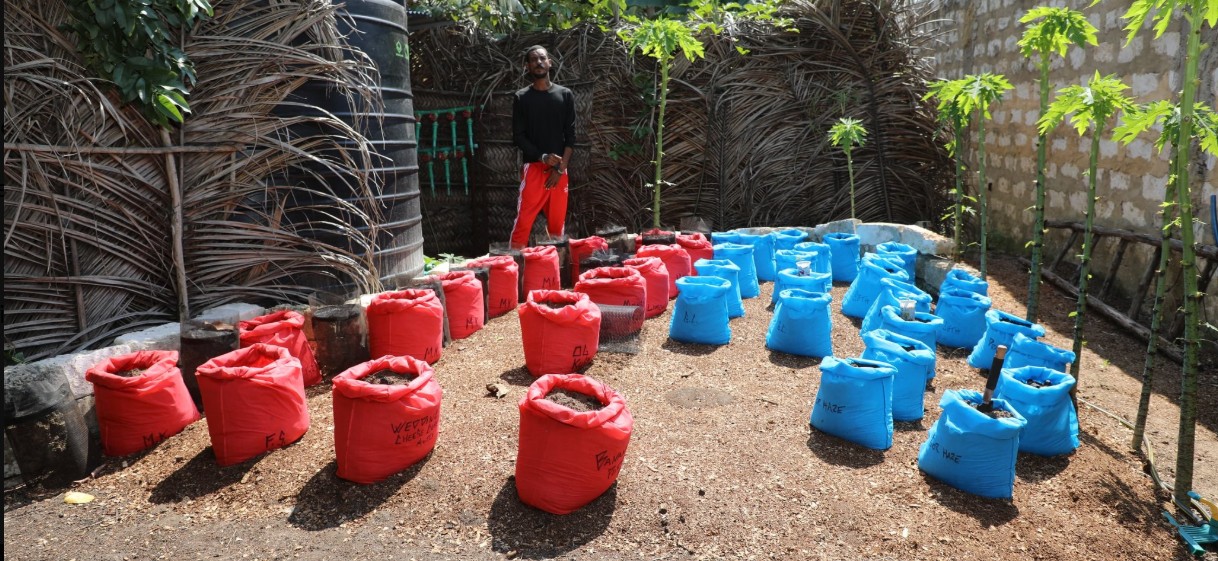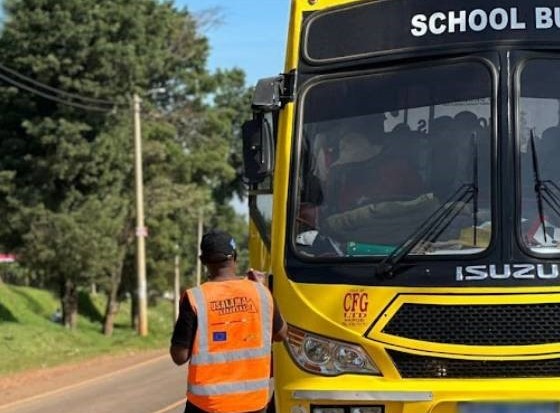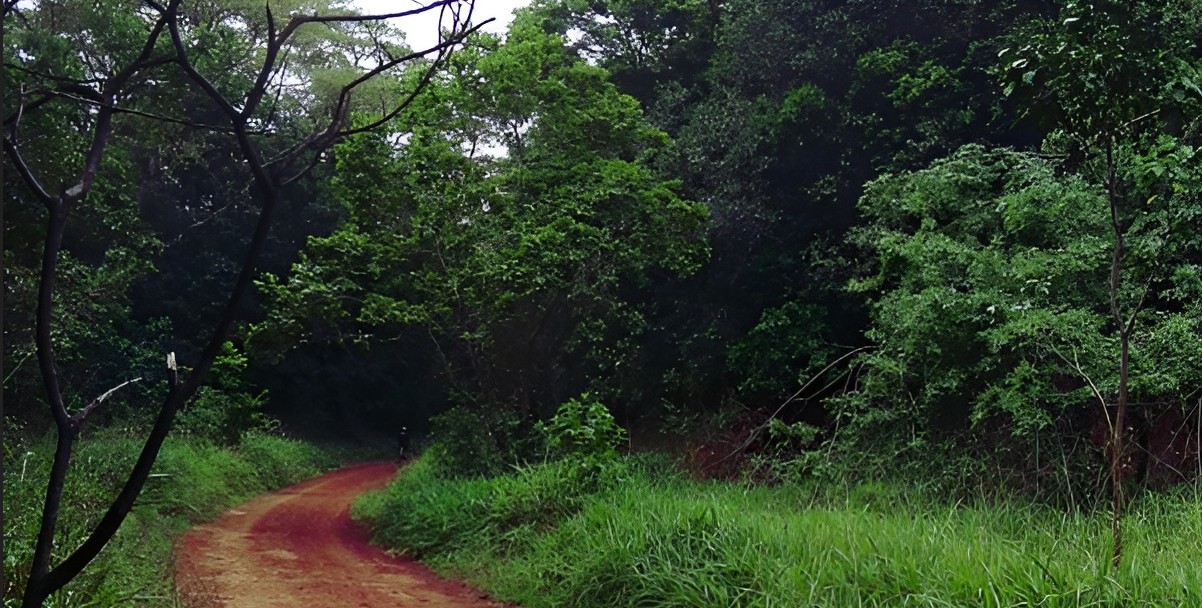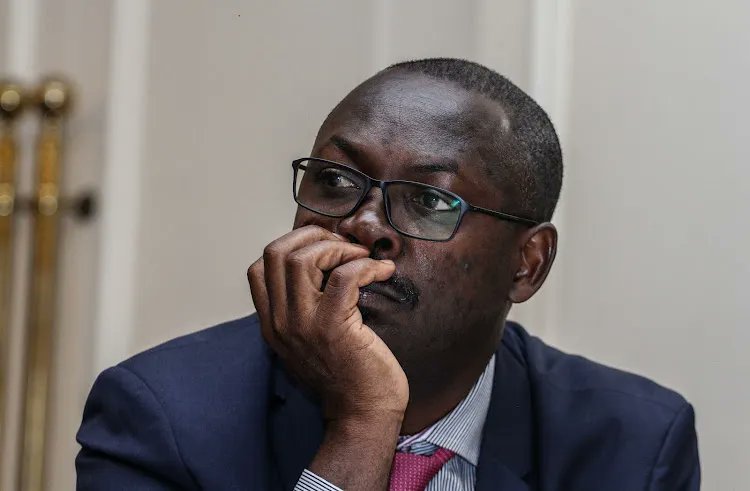Frequent cannabis busts reveal depth of Kenya’s ongoing war on drugs

Several times each week, regular police officers—working independently or alongside officials from NACADA or the Anti-Narcotics Unit—make arrests involving people caught with cannabis, which now ranks among the most abused substances by youth in universities and tertiary institutions.
On Sunday, DCI detectives recovered laboratory equipment and chemicals suspected to be used in the manufacture of drugs, along with packaging materials branded with the names of known narcotics, at a private residence in Ukunda, Kwale County.
Also discovered within the compound was cannabis sativa under cultivation. This led detectives to suspect that the individuals arrested—Italian national Gianardi Giulio and Kenyan Moses Nanoka Egadwa—were involved in long-term illegal drug activity.
More To Read
- Italian national, accomplice arrested after police uncover cannabis farm, lab in Kwale County
- Evangelical churches back new state policy to fight alcohol and substance abuse
- Liver cancer deaths set to double by 2050 as alcohol drives Kenya’s crisis
- NACADA says no alcohol bans effected, clarifies new policy only offers recommendations
- We’ll seize property linked to alcohol and drug crimes, declares CS Murkomen
- Ten places where alcohol sale is prohobited in NACADA's new proposals
That same day, two other men suspected of trafficking cannabis in Busia and nearby areas were arrested as part of the countrywide crackdown on drugs.
Their arrest followed an earlier incident the previous week, when two suspects were intercepted near the Delamere shop along the Naivasha–Nairobi highway. They were found with bags containing cannabis worth Sh13.5 million, concealed and ready for distribution.
Still within the same week, a Thai national was apprehended at Jomo Kenyatta International Airport (JKIA) with 41 sachets of cannabis sativa weighing 41.7 kilograms, which had been expertly concealed in his luggage. He was caught just as he attempted to smuggle the consignment into the country.
According to detectives, the suspect—identified as Wong Hou Fung—tried to flee after realising his concealment had been discovered.
He "feigned a phone call in a bid to escape and leave his 'suspiciously' heavy bags behind." However, detectives trailed him to South C, where he was arrested and detained pending court proceedings.
Most abused substances
Several times each week, regular police officers—working independently or alongside officials from the National Campaign Against Drug Abuse (NACADA) or the Anti-Narcotics Unit (ANU)—make arrests involving people caught with cannabis, which now ranks among the most abused substances by youth in universities and tertiary institutions.
Most arrests take place along transit routes, confirming that Kenya remains a significant drug transit hub. The discovery of local cannabis cultivation also highlights the persistence of domestic production.
A review of arrests made public by the DCI over two weeks revealed that most suspects involved in drug trafficking were elderly, both local and foreign nationals, aged over 40.
According to NACADA data, one in every six university students in Kenya has used cannabis at least once in their lifetime, with most consuming it in the form of edibles.
Cannabis use has also spread to high schools. The authority now reports it as the most abused drug among teenagers, following alcohol, khat, prescription drugs, and tobacco.
Alarmingly, cannabis ranks as the fourth most abused substance by primary school pupils, after tobacco, alcohol, and khat.
Need for protective measures
"These figures highlight the urgent need for protective measures and interventions aimed at even the youngest learners in Kenya," the authority notes in its proposed policy for the prevention, management, and control of alcohol, drugs, and substance abuse in the country.
Research continues to show that Kenya is a major drug transit hub, with most cannabis either locally grown or trafficked from neighbouring countries like Ethiopia. From there, it is distributed to other parts of the country via Marsabit and Isiolo Counties. Unexpected culprits, including professionals such as doctors, often aid the operations.
The increased availability of cannabis and its affordability have contributed to its growing popularity among both the youth and older generations, despite its continued illegality in Kenya.
Last year, NACADA CEO Anthony Omerikwa revealed that some Gen Z youths tried cannabis for the first time during demonstrations, misled by the false claim that it would "diminish the effects of tear gas."
New regulations
A policy launched last week outlines strict new regulations—especially targeting alcohol, the most abused substance in the country—and aims to close gaps that allow the spread of cannabis. Its overarching goal is to promote a drug-free future for the youth.
Currently, NACADA warns that emerging trends in Kenya show a surge in cannabis edibles, popularly known as "weed cookies," "weed mabuyu," "weed sweets," "weed lollipops," "weed juice," and "weed candies."
"This indicates a shift in consumption patterns, making detection and intervention more challenging," the authority adds.
The proposed strategy involves working with faith-based organisations, local communities, and other stakeholders to protect children and youth from drug exposure. These partnerships aim to foster drug-free environments and minimise harm, especially among at-risk groups.
The policy also aims to enhance the capabilities of security agencies and national laboratories to conduct research, detect new psychoactive substances and clandestine laboratories, and support early warning systems and criminal justice initiatives.
Additionally, it proposes regulatory frameworks within national and county governments to tackle emerging drug threats, ensure data sharing, and integrate health data related to substance abuse into the national health management information system.
Top Stories Today











































